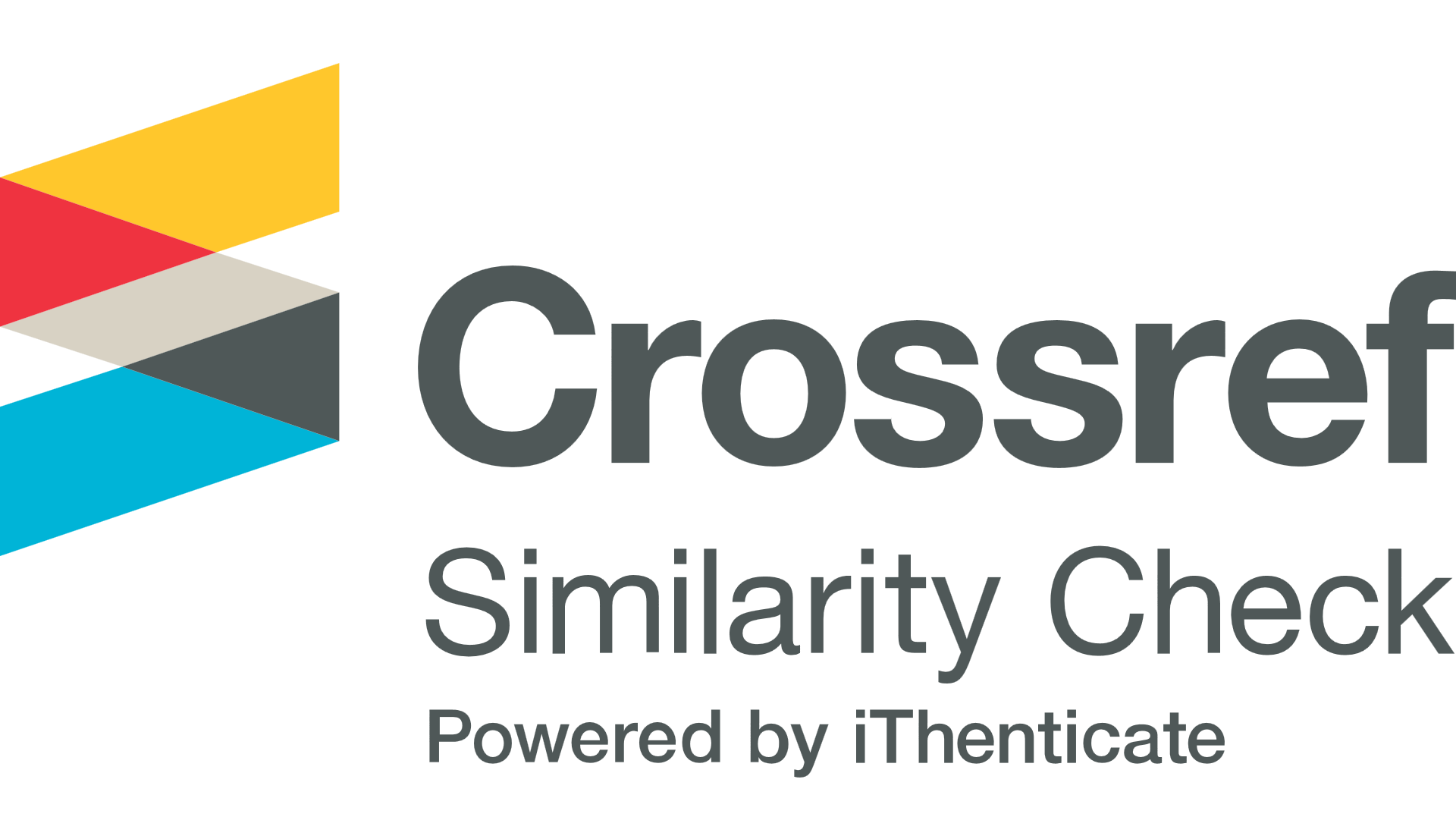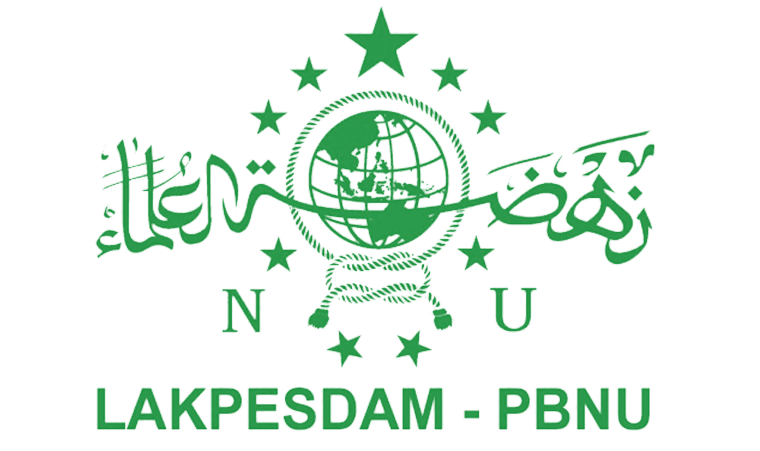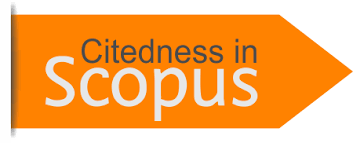SACRED MYTHS OF THE CEREKANG INDIGENOUS COMMUNITY: LOCAL WISDOM STRATEGIES FOR ENVIRONMENTAL PRESERVATION
DOI:
https://doi.org/10.31969/alq.v31i1.1635Keywords:
Cerekang Indigenous Community, East Luwu, Malili, Myths, pengsimaoniAbstract
This article examines the sacred myths upheld by the Cerekang Indigenous Community, conceptualized through ideas of "prohibition" and "necessity" regarding actions in specific natural locations. These myths function not only as local normative systems but also as expressions of ecological wisdom that guide the community in protecting the natural environment from damage. The Cerekang community continues to preserve these ancestral beliefs, which are deeply integrated into their cultural identity and daily practices. A descriptive-qualitative method was employed to explore the traditional myths in the Cerekang Customary Area, Malili District, East Luwu Regency. Data were collected through direct observation and interviews with local community members, and then analyzed by drawing connections with literary references, particularly I La Galigo volume 1 (ms NBG 188), featuring Batara Guru as the central figure. Findings reveal that the core of the myth centers on Pengsimaoni Hill, believed to be the site where Batara Guru descended from the upper world (botillangi). This sacred narrative forms the basis for protecting ten natural toponyms within the Cerekang area. These toponyms, each linked to Batara Guru’s journey, shape local norms that define what is allowed and prohibited in daily conduct. The myths serve as moral guidelines, fostering respect for nature and reinforcing social cohesion. By embedding ecological values in cultural narratives, the myths act as a local wisdom system that protects the environment and uphold communal identity. In essence, these sacred myths reflect a deeply rooted environmental ethic that continues to guide the lives of the Cerekang people.
References
Aci. 2014. Mengenal Budaya Cerekang yang Mensakralkan Hutan dan Sungainya. Kabupaten Luwu Timur.
Akhmar, A. M., Rahman, F., Supratman, H. H., & Nawir, M. 2020. Traditional Ecology Knowledge of To-Cerekang Community and Their Ability to Adapt Changes. BASA 2020: Proceedings of the 4th BASA: International Seminar on Recent Language, Literature and Local Culture Studies, 188-195. European Alliance for Innovation.
Akhmar, A. M., Rahman, F., Supratman, H. H., & Nawir, M. 2022. Poured from the Sky : The Story of Traditonal Ecological Knowledge in Cerekang Forest Conserrvation. Forest and Society Vol. 6(2): 527 -546.
Al Bastomi, Muhammad Hafidz (2018) Pemikiran Roland Barthes tentang Mitos: studi kasus Sumpah Pati di Desa Kedondong Kec. Tulangan Kab. Sidoarjo. Undergraduate thesis, UIN Sunan Ampel Surabaya.
Alting. Husein. 2010. Dinamika Hukum Dalam Pengakuan dan Perlindungan Hak Masyarakat Adat Atas Tanah. Yogyakarta: Laks Bung PRESSindo.
Barthes. Roland. 1983. Mhythologies. New York: Hill ans Wang
Cassirer, Ernest. 1990. Manusia dan Kebudayaan : Sebuah Esai Tentang Manusia. Jakarta : Gramedia.
Enre, Fachruddin Ambo. 1999. Ritumpanna Welenrennge, Sebuah Episoda Sastra Bugis Klasik Galigo. Ecole Francaise d’Extreme-Orient, Fakultas Sastra Universitas Indonesia, Yayasan Obor Indonesia.
Fadillah, Moh,Ali & Sumantri, Iwan. 2000. Kedatuan Luwu Prespektif Arkeologi, Sejarah dan Antropologi. Makassar. Lembaga Penerbitan Unhas & Institute Etnografi Indonesia.
Faizah, Chatirul. 2015. “Ajaran Moral dalam Kisah Nabi Yusuf A.S (Analisis Semiotika Roland Barthes)”, Skripsi UIN Wali songo Semarang.
Hadikusuma.H. 2003. Pengantar Ilmu Hukum Adat Indonesia. Bandung, CV.Mandiri Maju.
Hadrawi, Muhlis, dkk. (editor). 2019. Jelajah Tiga Dunia I La Galigo. Makassar: Ininnawa.
Hadrawi, Muhlis.1993. Mitos Dalam Pau-Paunna Sehek Maradang. Skripsi. Fakultas Sastra. Universitas Hasanuddin. Makassar.
Hakis, dkk. 2024. Ecological Da’wah Strategies in promoting enviromental conservation in Ambon City. Al-Qalam Jurnal Penelitian Agama dan Sosial Budaya, Vol 3 (2): 201-211.
Kern, R.A. 1989. I La Galigo: cerita Bugis Kuno. Seri Terjemahan KITLV-LIPI. (Terjemahan: La Side dan Sagimun M.D.). Jogjakarta: Gadjah Mada University Press.
Koentjaraningrat (Ed.). 1984. Masyarakat Desa di Indonesia. Jakarta: Lembaga Penerbit Fakultas Ekonomi, Universitas Indonesia.
Koolhof, Sirtjo dan Roger Tol. 1995. I La Galigo: menurut Naskah NBG 188 yang Disusun Oleh Arung Pancana Toa. Jakarta: Djambatan.
Pelras, Christian. 2021. Manusia Bugis. Makassar, Ininnawa.
Rahman, Nurhayati dkk (ed.). 2003. La Galigo, Menelusuri Jejak warisan Sastra Dunia. Pusat Studi La Galigo, Divisi Ilmu Sosial dan Humaniora, Pusat Kegiatan Penelitian, Universitas Hasanuddin.
Sherira, Sherira. 2023. Konsepsi dan Fungsi Mitos Masyarakat Adat Cerekang: Pendekatan Semiotika Roland Barthes = The Conception and Function of the Myth of the Cerekang Indigenous People: Roland Barthes' Semiotic Approach. Skripsi thesis, Universitas Hasanuddin.
Sirait, M.,C.Fay & A. Kusworo. 2001. Bagaimana Hak-Hak Masyarakat Adat Dalam Mengelola Sumber Daya Alam Diatur? Dalam Sirait Kajian Kebijakan Hak-Hak Masyarakat Adat Cerekang di Indonesia: Suatu Refleksi Pengaturan Kebijakan Dalam Era Otonomi Daerah. ICRAF LATIN, P3AE-UI.Bogor.
Susanti, Nuria (2018) MITOS MATU DALAM KEPERCAYAAN MASYARAKAT PESISIR (Studi di Pekon Way Sindi Kecamatan Karya Penggawa–Pesisir Barat). Undergraduate thesis, UIN Raden Intan Lampung.
Syamsuddin, N., dkk. 2023. Toxic Masculinity And Local Wisdom of The Bugis Culture In East Luwu Regency. Al-QalamJurnal Penelitian Agama dan Sosial Budaya, Al-Qalam Jurnal Penelitian Agama dan Sosial Budaya, Vol 29 (2): 222-230.
Additional Files
Published
Issue
Section
License
Copyright (c) 2025 Muhlis Hadrawi, Sherira Sherira, Faizal Bachrong, Nuraidar Agus, Yusuf Yusuf

This work is licensed under a Creative Commons Attribution-NonCommercial-ShareAlike 4.0 International License.
Authors who publish with this journal agree to the following terms:
- Authors retain copyright and grant the journal right of first publication with the work simultaneously licensed under Creative Commons Attribution-NonCommercial-ShareAlike 4.0 International License that allows others to share the work with an acknowledgement of the work's authorship and initial publication in this journal.
- Authors are able to enter into separate, additional contractual arrangements for the non-exclusive distribution of the journal's published version of the work (e.g., post it to an institutional repository or publish it in a book), with an acknowledgment of its initial publication in this journal.
- Authors are permitted and encouraged to post their work online (e.g., in institutional repositories or on their website) prior to and during the submission process, as it can lead to productive exchanges, as well as earlier and greater citation of published work (See The Effect of Open Access).















